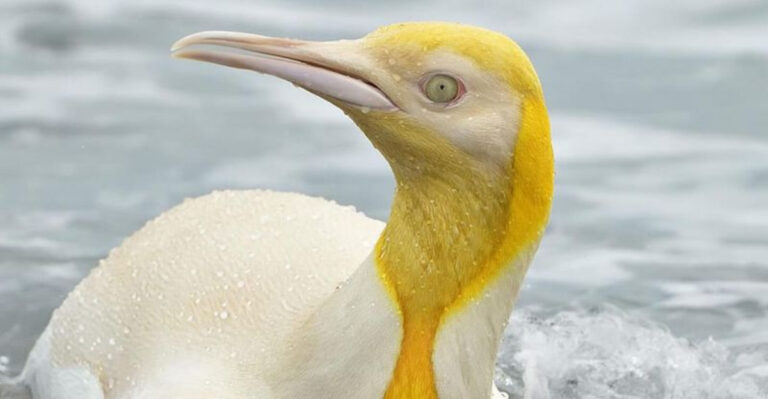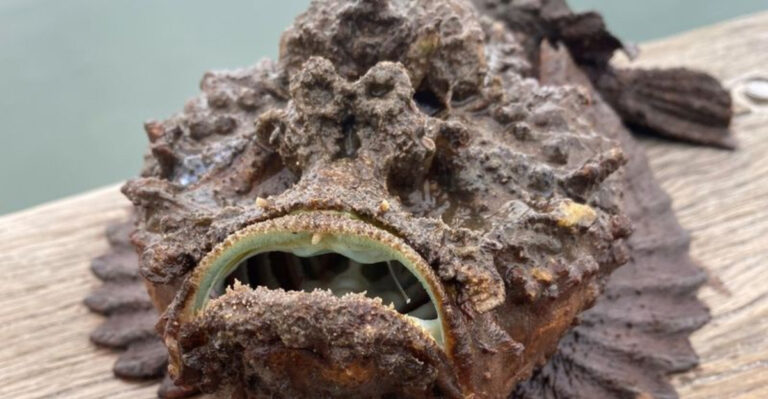Florida’s Poisonous Frogs And What To Do If It All Goes Wrong
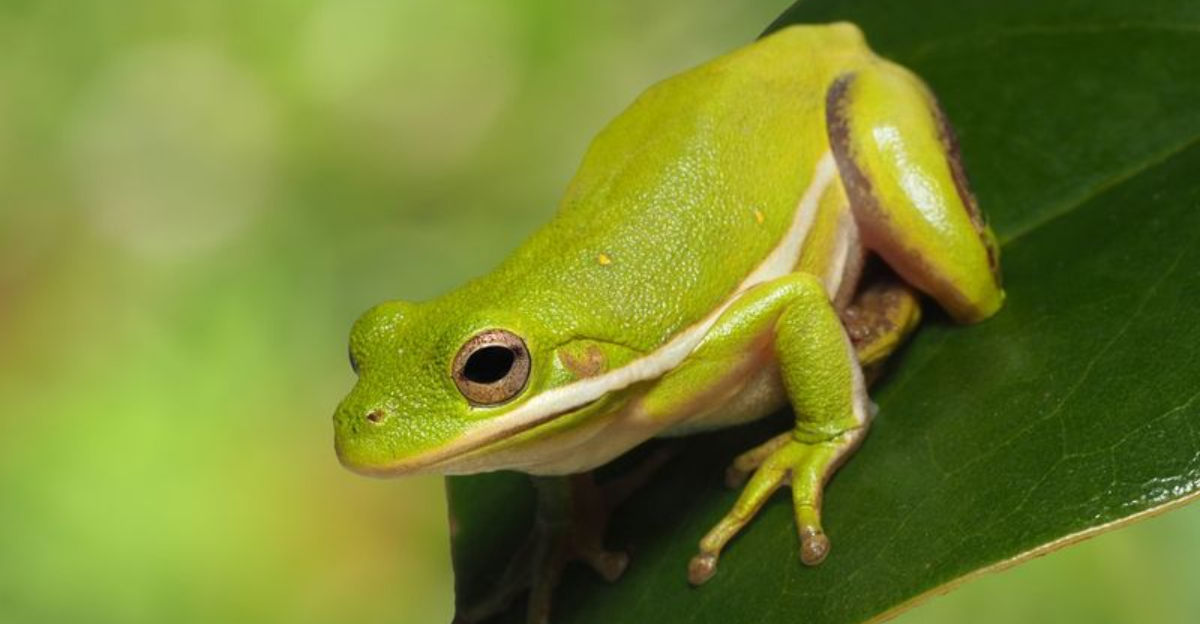
Hidden among Florida’s lush landscapes lurk some of nature’s most colorful warning signs – poisonous frogs.
These tiny amphibians pack a powerful punch that can range from mild irritation to serious health complications. Whether you’re a nature enthusiast or just someone who enjoys Florida’s outdoors, knowing about these toxic hoppers could save you from an unpleasant encounter.
Not All Colorful Frogs Are Deadly
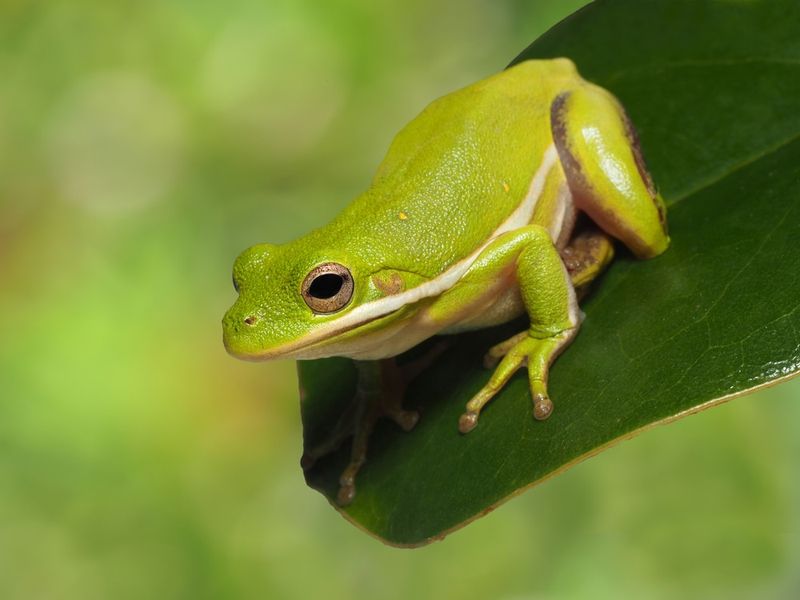
Contrary to popular belief, most brightly colored frogs in Florida aren’t lethal. The state hosts only a few native toxic species, with the majority being relatively harmless.
The poison dart frogs you’ve seen in documentaries? Those super-deadly varieties live in South America, not Florida. Still, it’s smart to admire all colorful frogs from a distance.
Cane Toads
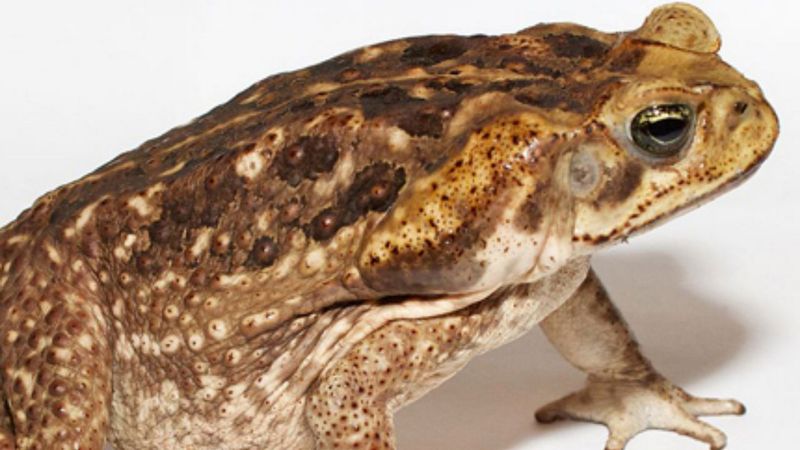
Bumped into a massive toad at night? Back away slowly! Cane toads, an invasive species in Florida, secrete a milky toxin from glands behind their heads when threatened.
Dogs often suffer after mouthing these toads. The poison causes drooling, seizures, and sometimes death if not treated quickly. Rinse your pet’s mouth immediately with water if they encounter one.
The Cuban Tree Frog
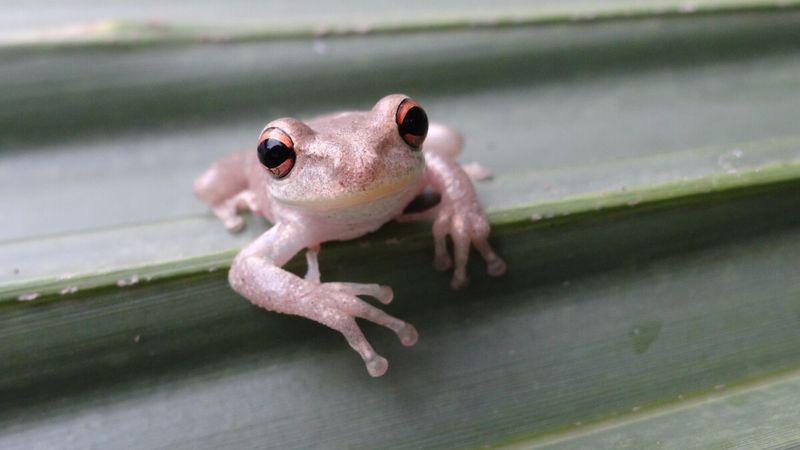
Got a burning sensation after handling a large, pale frog? You’ve met a Cuban tree frog! These invasive jumpers secrete an irritating mucus that causes burning and itching on skin contact.
Even worse for your eyes – the secretion can cause intense pain if transferred. Always wash hands thoroughly after any frog encounter, even if you just touched the surface they were sitting on.
Gopher Frogs
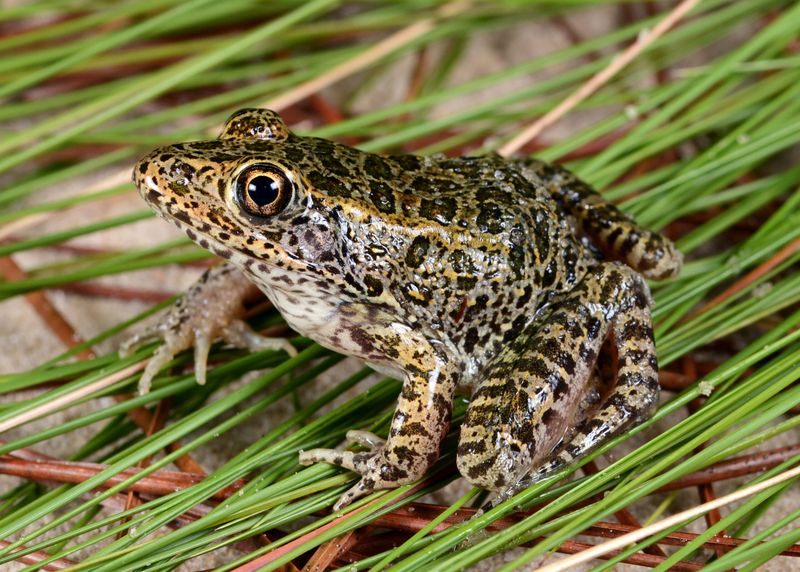
Looking harmless in their burrows, Florida’s gopher frogs harbor a secret defense mechanism. When stressed, they produce skin secretions that can irritate human skin and mucous membranes.
Campers occasionally report rashes after handling these otherwise unassuming amphibians. Their secretions are mild compared to other toxic frogs but can still cause discomfort, especially for those with sensitive skin.
Poison Absorption Through Skin
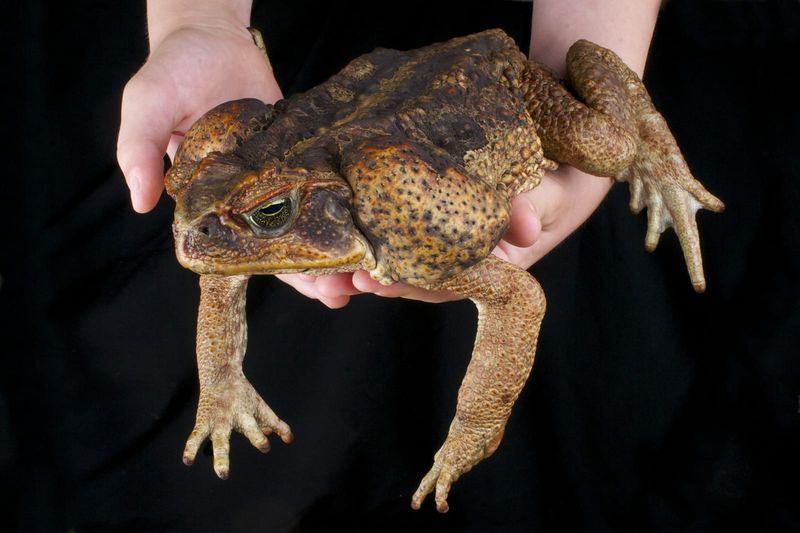
Frog toxins primarily enter your system through cuts, scratches, or mucous membranes. Healthy, intact skin provides decent protection against most Florida frog toxins.
However, the risk multiplies if you have open wounds or touch your eyes after handling frogs. Even tiny paper cuts can become gateways for toxins, which is why gloves are recommended for researchers and enthusiasts.
Emergency Response To Frog Toxins
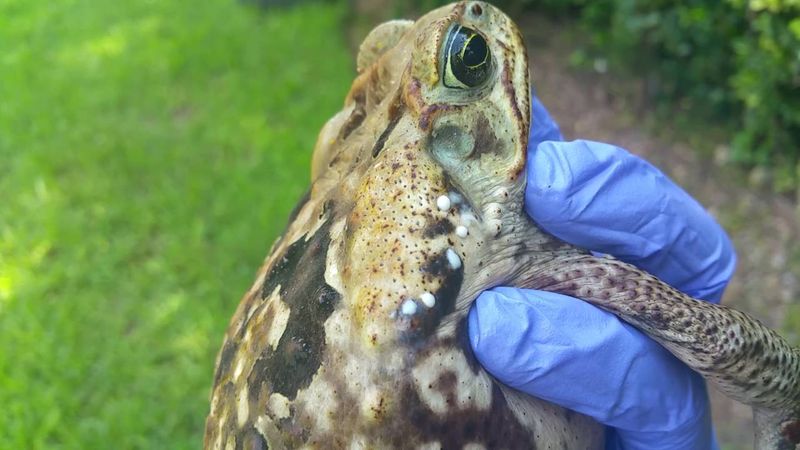
Got frog poison on your skin? Act fast! Thoroughly wash the affected area with soap and running water for at least 15 minutes. Remove any contaminated clothing immediately.
If symptoms like intense burning, swelling, or difficulty breathing develop, seek medical help right away. Taking photos of the frog (from a safe distance) can help doctors identify the toxin and appropriate treatment.
Pet Protection From Toxic Amphibians

Curious pets often bear the brunt of toxic frog encounters. Dogs particularly love chasing and mouthing toads, with potentially fatal consequences.
Create a pet safety zone by checking your yard regularly for amphibians, especially after rain. If your pet shows excessive drooling, pawing at the mouth, or disorientation after being outdoors, rinse their mouth immediately and rush to a vet.
Exotic Pet Trade Dangers
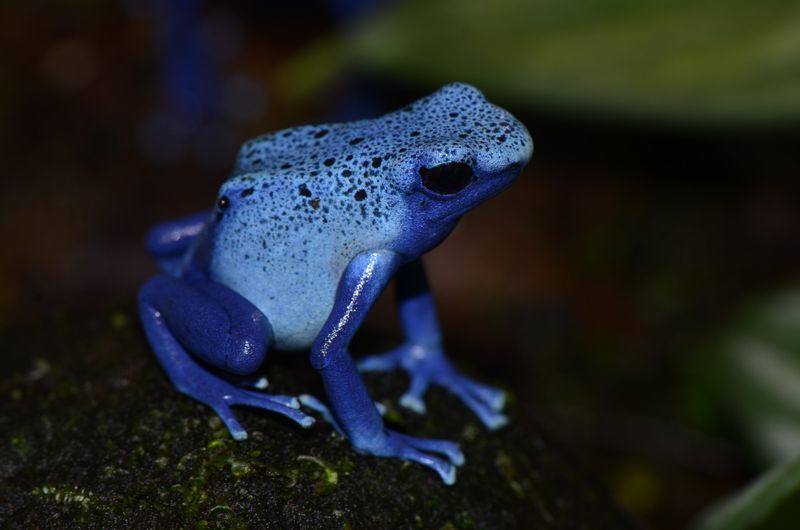
Exotic pet stores sometimes sell poison dart frogs, which retain some toxicity even in captivity. Never handle these animals without proper knowledge and equipment.
Released pets create another problem – they can establish invasive populations in Florida’s ideal climate. The Cuban tree frog invasion started this way, demonstrating how pet releases can create public health hazards for decades to come.
Seasonal Frog Toxicity Variations
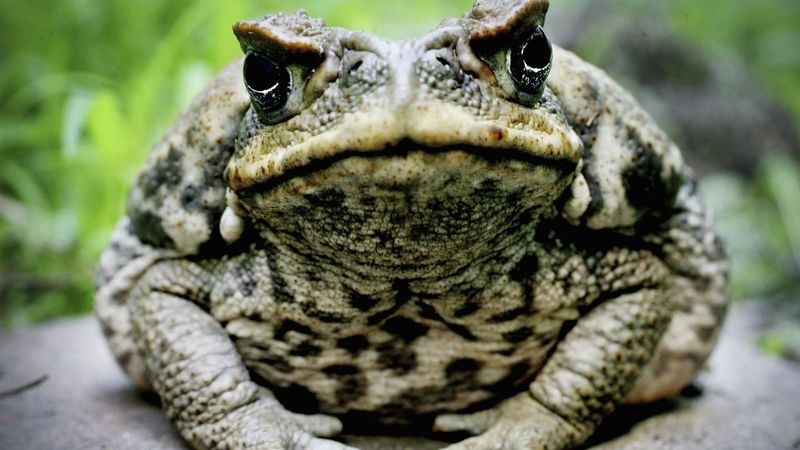
Summer brings heightened risk from Florida’s toxic frogs. Warmer months mean more breeding activity, higher frog populations, and increased toxin production in many species.
Rainy evenings create perfect conditions for amphibian movement, especially cane toads. Be extra vigilant during evening dog walks after summer storms, when these toxic hoppers are most active and visible on sidewalks and roads.
Conservation Vs. Safety Balance
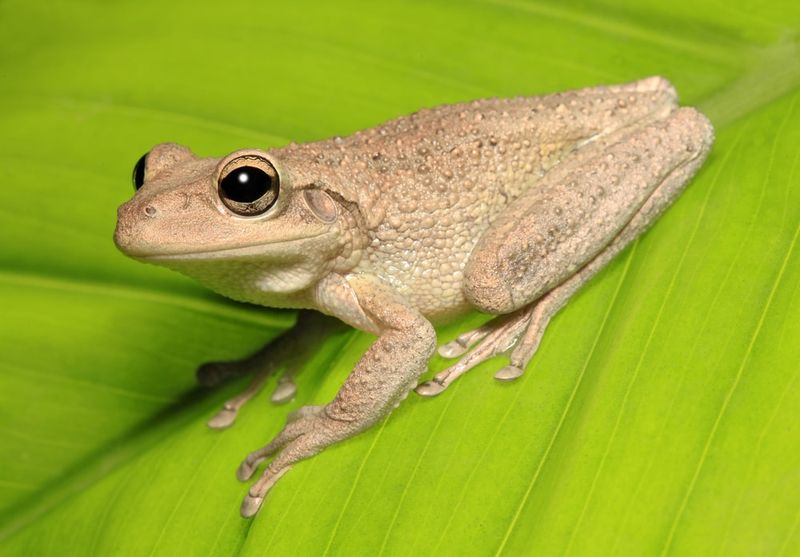
Florida’s native frogs face habitat loss and invasive competitors, creating a conservation dilemma. While some toxic species need removal, many harmless native frogs need protection.
Learn to identify local species before taking action. Organizations like FWC offer resources for distinguishing harmful invasives from beneficial natives. With knowledge, you can protect both your family and Florida’s fragile amphibian ecosystem.




